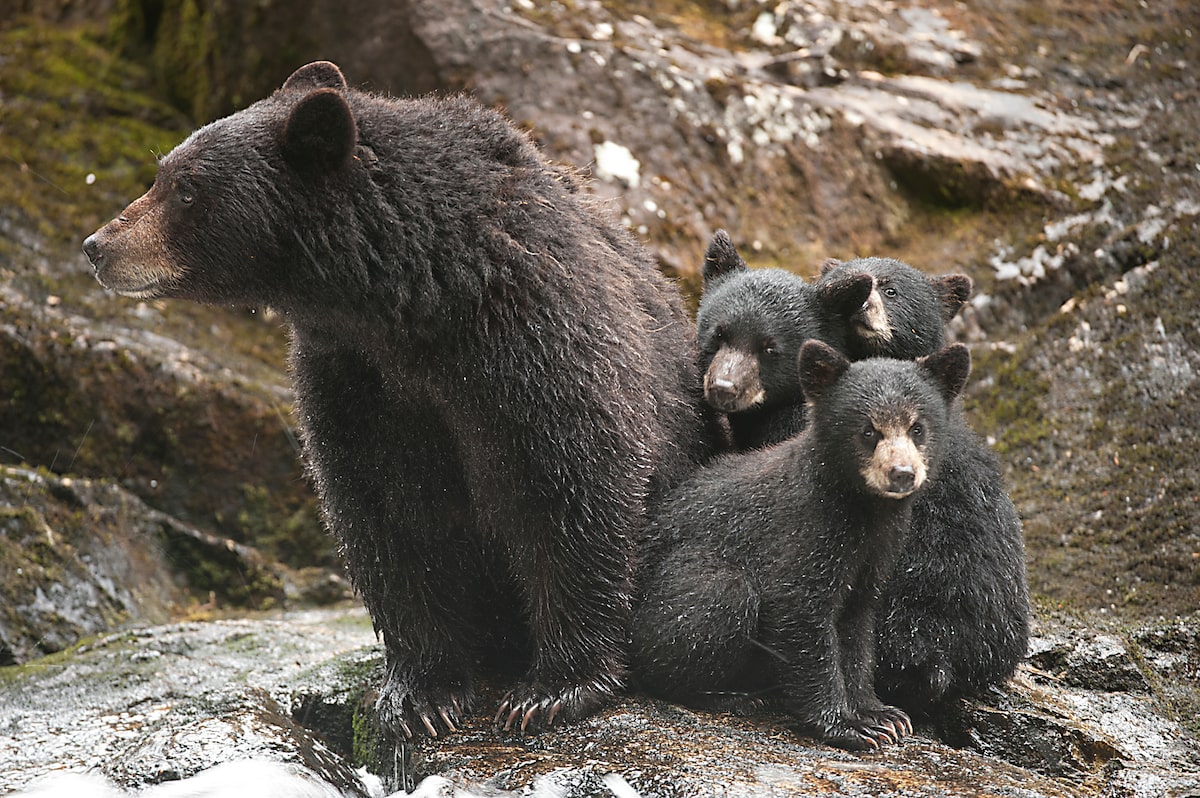Sweden has recently authorized the culling of nearly 500 brown bears, representing approximately 20% of the country’s total bear population, as part of its annual bear hunt.
This decision has sparked significant concern among conservationists who fear the impact on Europe’s large predator populations.
Once on the brink of extinction in the 1920s, Sweden’s brown bear population had rebounded to around 3,300 by 2008. However, recent years have seen a steady increase in hunting, with a record 722 bears killed last year alone.
The current quota could reduce the population to roughly 2,000 bears, a drastic decline from previous years.
Critics argue that the hunt is driven more by trophy hunting than by genuine wildlife management.
They warn that the continued reduction in bear numbers could lead to a collapse in the population, similar to the dramatic decline seen in Sweden’s moose population, which has dropped by 60% since the late 20th century.
Proponents of the hunt, however, maintain that it is necessary to maintain a balance between human populations and large predators.
Despite this justification, the aggressive culling strategy has led to fears that Sweden may soon approach the minimum viable bear population of 1,400, as defined by the Swedish Environmental Protection Agency.
Conservationists emphasize that a healthy bear population could Support ecological tourism, potentially providing greater economic benefits than the current focus on hunting.
This article by Trinity Sparke was first published by One Green Planet on 23 August 2024. Image Credit :Kozma 94/Shutterstock.
What you can do
Help to save wildlife by donating as little as $1 – It only takes a minute.







Leave a Reply